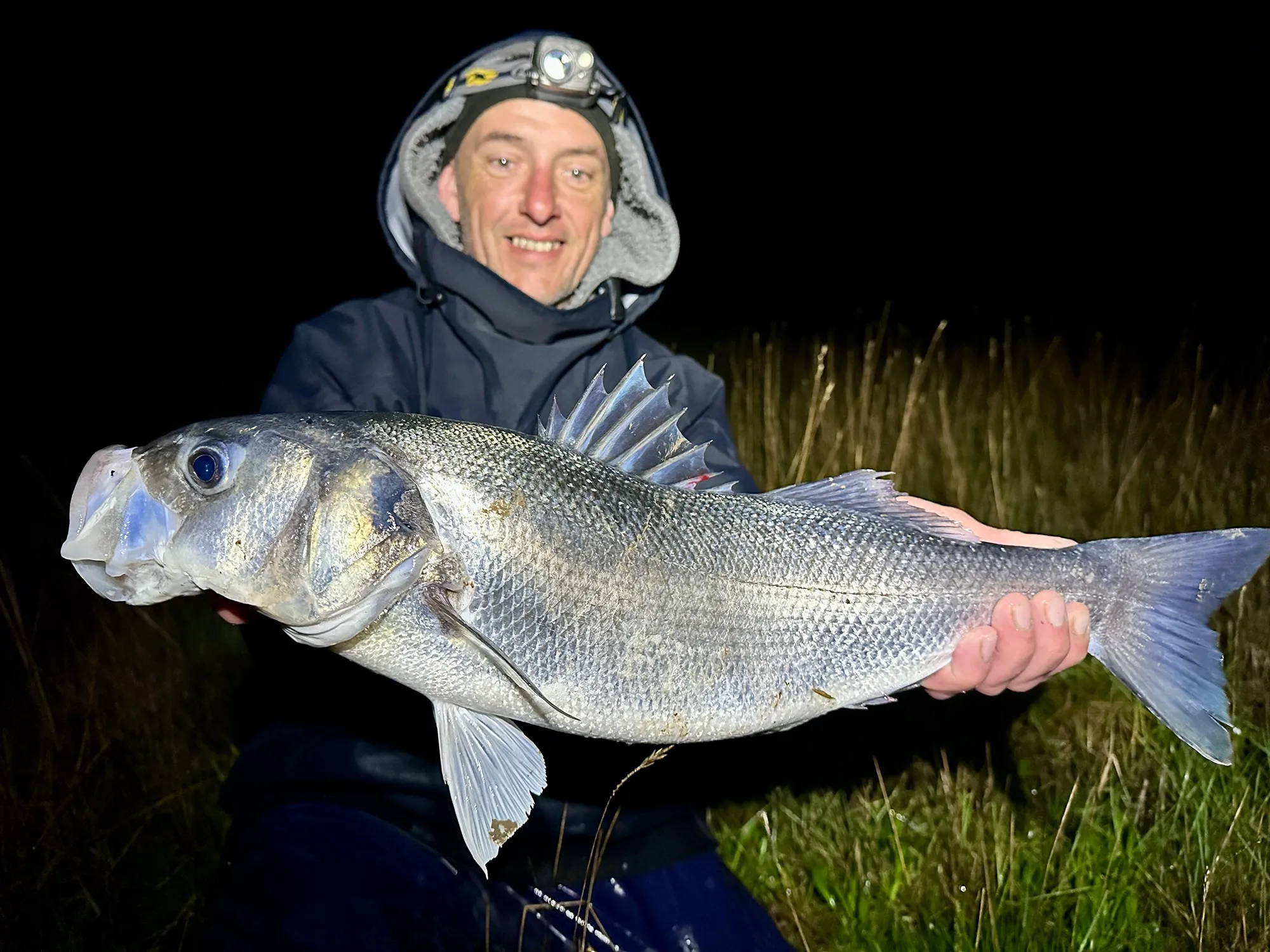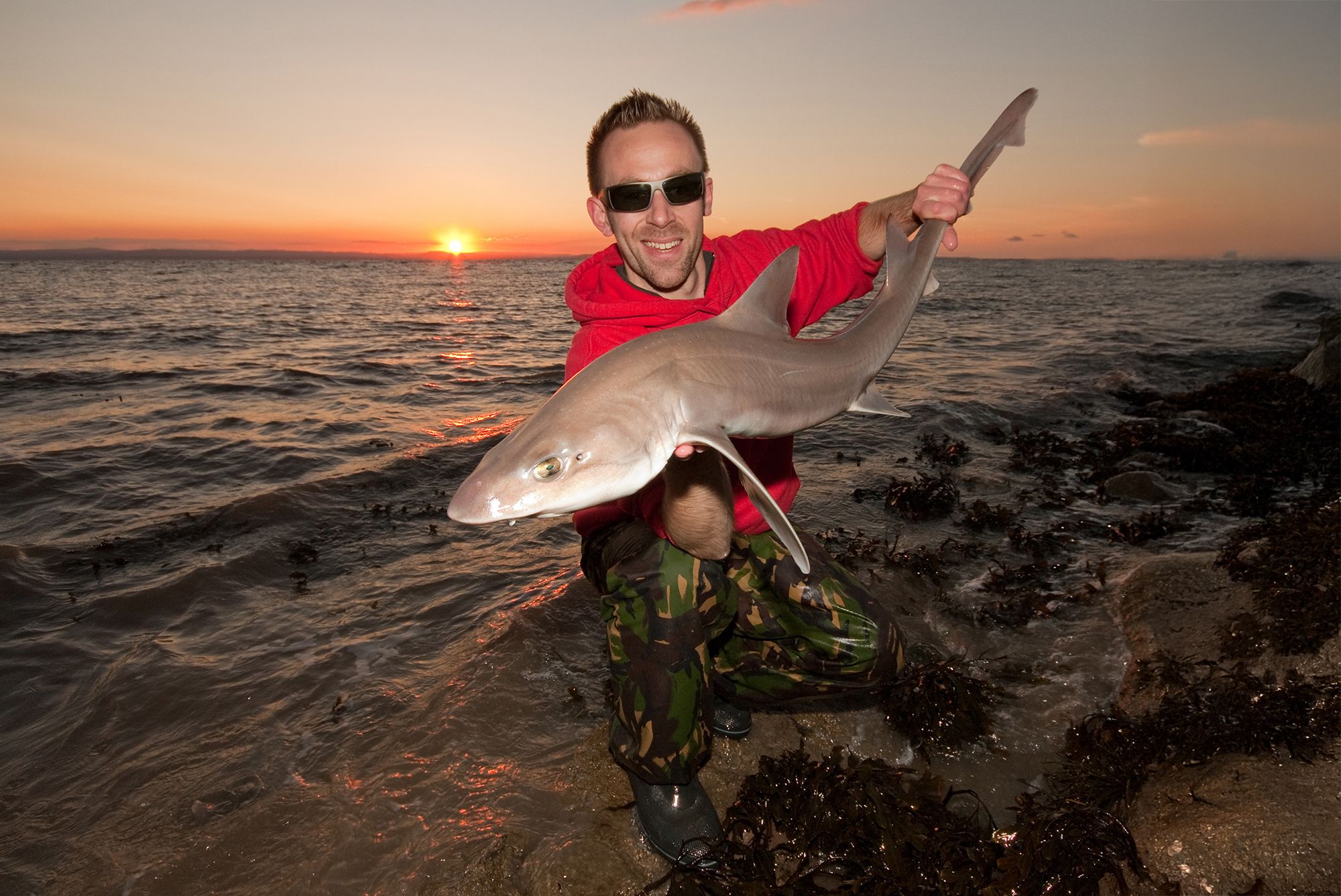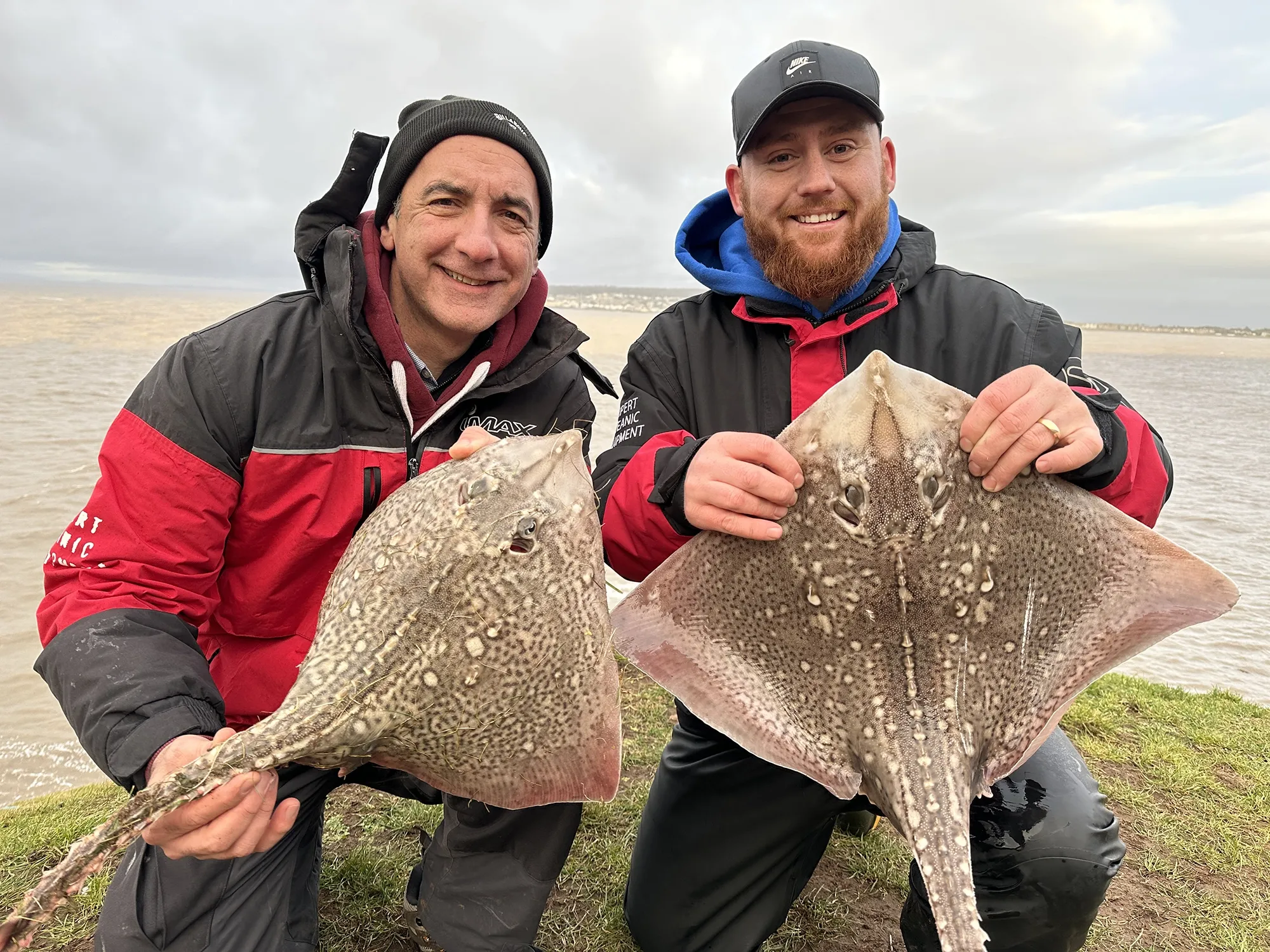Understand how Weather Influences Shore Fishing in the Bristol Channel: The Role of Wind and Pressure Systems
Explore this guide to learn more about Understand how Weather Influences Shore Fishing in the Bristol Channel: The Role of Wind and Pressure Systems.
How Weather Influences Shore Fishing in the Bristol Channel
The Role of Wind and Pressure Systems
Fishing along the shores of the Bristol Channel is a popular pastime for many, but for those who regularly fish the area, understanding the impact of the weather on fishing conditions is crucial to a successful day out by the water, yet seldom considered. The old adage, “When the wind is in the east, the fish bite least,” and its counterpart, “When the wind is in the west, the fish bite best,” have long been passed down among anglers. But what’s the science behind these sayings, and how does the weather truly affect fishing conditions here on the Bristol Channel?

High Pressure and the East Wind: Why the Fish Bite Least
High pressure systems are often associated with calm, settled weather, and when these systems dominate the Bristol Channel area, they bring conditions that are not ideal for fishing. High pressure typically results in clear skies, light winds, and still air—something that can make fishing a bit more challenging. The adage “When the wind is in the east, the fish bite least” comes from the fact that east winds are often tied to these high-pressure systems, particularly in the summer months.
In the summer, high-pressure systems create hot, sunny weather, but this can lead to still, stagnant conditions during the hottest part of the day, making it harder for fish to find food. The stillness of the water in these conditions also makes it difficult for fish to be active, as they prefer more oxygenated waters. East winds, which blow from inland towards the coast, tend to flatten the sea, minimising water movement.
During the winter, high-pressure systems in the Bristol Channel often bring cold, frosty conditions, with daytime temperatures staying low and nighttime temperatures sometimes dipping below freezing. This chills the mud flats that are present throughout much of the upper Bristol Channel at low tide, discouraging smaller food stuffs being present when the tide floods and so giving no reason for fish to move inshore. These cold, still conditions also slow down the metabolism of fish, making them even less likely to be active and feeding. As a result, anglers may find good catches to be fewer and harder to come by when east winds are present.

Low Pressure and the West Wind: Why the Fish Bite Best
Conversely, when low-pressure systems move into the Bristol Channel, they bring weather conditions that tend to encourage fish-feeding activity. A west wind, which often accompanies these low-pressure systems, is said to bring the best fishing conditions. Low pressure is linked to unsettled weather, with cloud cover and stronger winds—all of which create more favourable conditions for shore fishing.
In particular, a west wind is a signal that the weather is likely to be more dynamic, with shifting wind patterns and an increase in atmospheric disturbance. These conditions make fish more likely to be active, as the water tends to be rougher, with more oxygen being present. This turbulence, created by both the wind and the movement of the tides, encourages fish to feed more regularly and often food items will be disturbed in rougher weather making them more accessible.
The dynamic nature of low-pressure systems, particularly during the winter, means that fish are more likely to be feeding in these conditions. While high-pressure systems can make fish lethargic and unresponsive, low-pressure systems create an environment that promotes more active behaviour from fish.

The Role of Sea Breezes in Shore Fishing
In addition to the larger wind patterns caused by high and low-pressure systems, the Bristol Channel, much like many coastal regions, experiences a phenomenon known as the sea breeze. A sea breeze occurs when the land heats up during the day, causing the air above it to rise. This creates a vacuum over the land, and in turn, the cooler, denser air from the sea rushes in to fill this vacuum. The result is what can be a strong onshore wind that typically picks up in the afternoon and when the tide starts to flood.
Sea breezes play an important role in fishing conditions, especially along the shoreline. The increase in wind and movement in the water caused by the sea breeze helps to oxygenate the water, which is beneficial for fish. It also stirs up the mud and sand and creates feeding opportunities for species that rely on bottom-feeding or scavenging.
However, sea breezes can also be tricky for anglers. While the stronger onshore winds can improve fishing conditions, they can also make it more difficult to cast and manage gear, particularly for those fishing from rocky or unstable shorelines.
Conclusion
Understanding the weather will help plan your fishing
Whether you're a seasoned angler or a newcomer to the shores of the Bristol Channel, understanding how weather influences fishing is key to improving your chances of a successful catch. The adage “When the wind is in the east, the fish bite least” holds true when high-pressure systems bring calm, clear, and often unproductive weather. On the other hand, “When the wind is in the west, the fish bite best” reflects the more dynamic, active sea conditions that accompany low-pressure systems and west winds, which create the ideal environment for fish to feed.
Incorporating an awareness of the role of sea breezes, the interaction of the land and sea, and the effects of high and low-pressure systems on water conditions can make all the difference in your fishing strategy. By aligning your fishing trips with the right weather patterns, you can increase your chances of success along the beautiful and ever-changing shores of the Bristol Channel.


